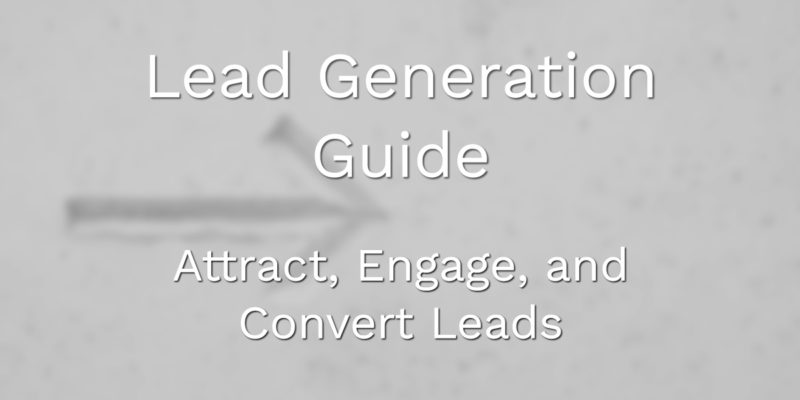Lead generation is the heartbeat of business growth. Your industry is competitive, and generating quality leads is essential. As a marketer, business owner, or website owner, you probably face daily challenges in attracting the right audience, converting visitors into leads, and nurturing those leads through the funnel.
This guide gives you a clear understanding of what works, why it works, and how you can apply these insights to your unique situation.
The Different Leads and Their Types

In marketing, a lead is an individual or business that has shown interest in your product or service. Leads differ in their engagement levels, with types that reflect their readiness to buy. If you know what kind of lead it is, you can work with them the right way.
Cold Leads – Potential Customers with No Prior Interaction
Cold leads are potential customers with no prior contact or awareness of your brand. They typically need more nurturing through initial outreach strategies like cold calls and broad marketing efforts. For example, a small e-commerce business might consider a visitor who lands on their website through a generic search term a cold lead.
Warm Leads – Prospects Showing Interest and Awareness
Warm leads have interacted with your brand through marketing, website visits, or social media, showing some awareness and potential interest. A warm lead for a SaaS company could be someone who downloads a free resource from their website or engages with their social media posts.
Qualified Leads – High-Intent Prospects Ready to Engage
Qualified leads align well with your business and show higher intent to engage. They break down into four main types:
| Lead Type | Description | Example |
|---|---|---|
| Marketing Qualified Lead (MQL) | Engages with marketing materials but isn’t ready to buy yet | A B2B service provider’s MQL could be someone who attends a webinar or signs up for an email newsletter |
| Sales Qualified Lead (SQL) | Shows clear buying interest, such as adding items to a cart or requesting information | An SQL for a software company could be a potential customer who requests a product demo or pricing information |
| Product Qualified Lead (PQL) | Has tried a free trial or demo, indicating readiness to convert into a paying customer | A PQL for a SaaS company could be a user who actively engages with the product during a free trial period and reaches out for additional support |
| Service Qualified Lead | Expresses interest in purchasing, often through direct contact with a sales representative | For a retail business, a service qualified lead could be someone who visits the store and asks for more information about a specific product |
The Fundamentals of Lead Generation
Lead generation attracts and engages potential customers, gradually nurturing them toward a purchase. This process involves multiple channels—social media, email, blog content, events, and partnerships—that meet prospects wherever they are in their buying journey.
As a business owner or marketer, you likely understand the challenges of creating content that not only attracts attention but also resonates with your target audience’s needs and pain points. Effective lead generation is not only about using the best lead generation tools, it requires really getting to know your audience and tailoring your approaches to their unique journey.
Understanding the Lead Generation Process
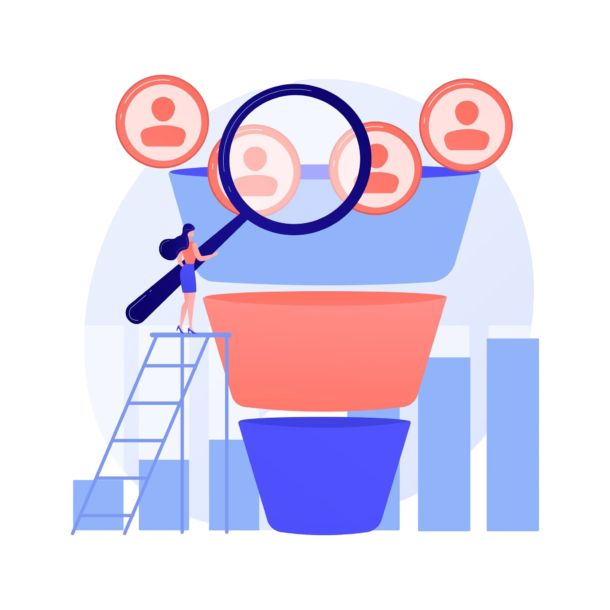
The lead generation funnel represents the steps a potential customer takes, from their first interaction with your brand to making a purchase. To optimize conversions, you need to adapt your approach to each stage of the sales funnel.
Top of the Funnel (TOFU) – Engaging a Wide Audience
At the top of the funnel, you want to engage a broad audience with valuable, educational content that builds trust and awareness without pushing for an immediate sale. This content might include blog posts, social media updates, infographics, or videos.
For example, a marketing agency might create a series of blog posts addressing common challenges their target clients face, like improving website traffic or creating engaging content.
Middle of the Funnel (MOFU) – Converting Visitors into Leads
In the middle of the funnel, you’re looking to convert interested visitors into leads by offering gated content that provides in-depth information on their specific needs. This content often includes eBooks, whitepapers, webinars, or case studies.
A B2B software company might offer a comprehensive guide on choosing the right solution for their industry, requiring visitors to fill out a form with their contact information to access the resource.
Bottom of the Funnel (BOFU) – Closing the Deal
At the bottom of the funnel, it’s all about closing the deal by addressing objections and providing content that encourages the final purchase decision. This content might include product demos, free trials, testimonials, or pricing information.
For instance, a SaaS company might share a case study showcasing how their product helped a similar business achieve significant ROI, along with a personalized demo and limited-time offer.
Proven Strategies for Attracting and Capturing Leads
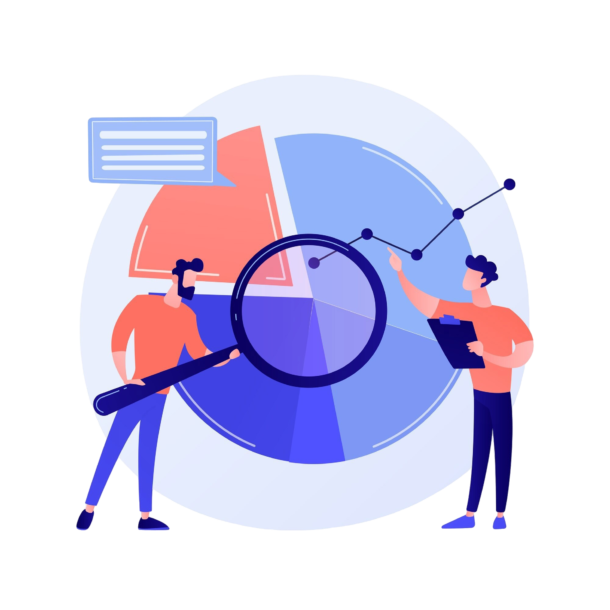
Once you’ve got the basics in place, you need strategies that actively attract and capture leads. Here are some of the most effective lead-generation tactics:
1. Attract Relevant Visitors with SEO and Content Marketing
Attract relevant visitors searching for information with high-quality, SEO-optimized content like blogs, videos, and infographics. SEO efforts ensure your content ranks well in search results, while valuable content establishes authority and drives organic traffic.
For a small business, this could involve creating a blog that consistently provides helpful industry insights and tips, optimized for relevant keywords. Address your target audience’s pain points and provide actionable advice to build trust and position your brand as a go-to resource in your industry.
2. Build Brand Awareness and Engage Your Audience on Social Media
Build brand awareness and engage with audiences on platforms like LinkedIn, Facebook, and X (Twitter). Social media ads allow you to target specific demographics, ensuring the right people see your content.
A B2B company might use LinkedIn to share industry news, engage in relevant discussions, and run targeted ads promoting their services to decision-makers in their target market. Consistently provide value and engage with your audience to build relationships and establish your brand as a thought leader in your space.
3. Capture High-Intent Leads with PPC Advertising
Capture potential leads actively looking for your solutions with paid ads on platforms like Google. PPC is especially effective for attracting high-intent leads ready to take action.
For example, an e-commerce store selling eco-friendly products might run PPC ads targeting keywords like “sustainable fashion” or “organic skincare” to attract customers actively searching for these items. Create compelling ad copy and direct leads to targeted landing pages to maximize your chances of conversion.
4. Nurture Relationships with Personalized Email Marketing
Nurture relationships with potential leads through personalized, segmented email campaigns that deliver tailored content and drive them to visit your website.
A software company might send a series of emails to leads who have downloaded a whitepaper, providing additional resources and gradually guiding them toward a product demo or free trial. Segment your email list based on lead behavior and interests to ensure that each lead receives content that resonates with their unique needs and challenges.
How to Identify the Most Promising Prospects
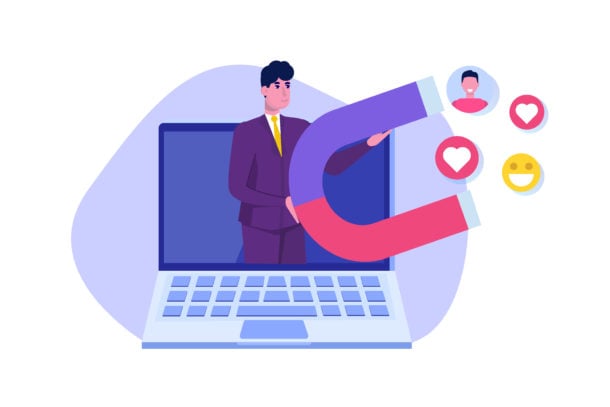
Focus your efforts on the most promising prospects by qualifying leads based on their engagement level and intent. Streamline your sales process and improve conversion rates with these techniques:
Prioritize Leads Who Interact with Capture Forms
Prioritize leads who fill out forms on landing pages or opt-in for newsletters, as they’ve shown direct interest. For example, a lead who completes a form requesting a product demo or pricing information is likely to be more qualified than one who simply downloads a generic whitepaper.
Identify Leads Engaging with High-Value Content
Identify leads who download high-value content like whitepapers or guides, as they indicate a strong interest in your offerings. A lead who downloads a comprehensive guide on selecting the right software for their industry demonstrates a higher level of intent than one who downloads a more general eBook.
Follow Up with Leads Showing High Email Engagement
Follow up with leads who have high open and click-through rates, as they show an active interest in your business. If a lead consistently opens and engages with your nurturing emails, they’re more likely to be receptive to a sales conversation.
Assign Points to Leads for Prioritization
Assign points to leads based on specific actions (e.g., filling a form or downloading an eBook) to prioritize outreach. Higher scores indicate leads that are closer to purchasing.
| Action | Points |
|---|---|
| Whitepaper download | 10 |
| Webinar attendance | 20 |
| Demo request | 50 |
In this example, a threshold of 100 points might indicate a sales-ready lead.
Uncover Needs and Intent with Qualifying Questions
Find out what they need, if they’re ready to buy, and how much they’re willing to spend to make sure they’re a good lead. A sales representative might ask questions like:
- What challenges are you currently facing with your existing solution?
- What’s your timeline for making a decision?
- How does this fit into your overall business strategy?
Gather this information to gauge a lead’s qualification level and tailor your approach accordingly.
How to Nurture Your Leads and Turn Interest into Action
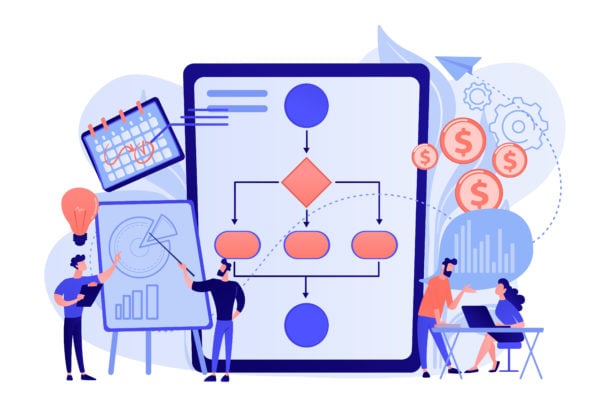
Build relationships with potential customers and gradually guide them toward making a purchase through effective lead nurturing. Balance value and relevance, ensuring that leads receive the right content at the right time.
Send Targeted Messages with Email Segmentation
Send targeted messages like welcome emails, product overviews, or exclusive offers that align with each lead’s stage in the journey by creating segmented email lists based on customer interactions and interests.
For example, a lead who has attended a webinar might receive a series of follow-up emails providing additional resources related to the webinar topic, while a lead who has requested a demo might receive case studies and customer testimonials.
Keep the Relationship Warm with Personalized Follow-Ups
Keep the relationship warm by personalizing emails with the recipient’s name and crafting follow-up messages tailored to their specific interests.
If a lead has shown interest in a particular product feature, a sales representative might send a personalized email highlighting how that feature has helped similar businesses achieve their goals. Show that you understand their unique needs and challenges to build trust and credibility.
Establish Your Brand as a Trusted Resource with Valuable Content
Establish your brand as a valuable resource and keep leads engaged by offering content that addresses pain points, like tutorials, discounts, or exclusive insights.
A marketing agency might send leads a series of “quick win” tactics for improving their social media presence, demonstrating their expertise and building trust. Consistently deliver value to position your brand as a trusted partner in your lead’s success.
Guide Leads Toward the Next Step with Clear CTAs
Make it easy for leads to take action and move closer to becoming customers with clear, action-oriented CTAs that align with the lead’s readiness to convert.
A software company might include a “Start Your Free Trial” CTA in emails sent to leads who have shown interest in their product but haven’t yet signed up. Provide a clear and compelling next step to guide leads toward the desired action.
Conclusion
Create a journey that builds trust and drives conversions through a dynamic, multi-stage lead generation process that requires thoughtful strategy and persistence. Understand your leads, qualify them effectively, and nurture them with valuable content to achieve sustainable growth.
To build a successful lead generation system, focus on the following key areas:
- Gain a deep understanding of your target audience and create detailed buyer personas to guide your efforts
- Implement a diverse range of lead generation strategies, such as content marketing, social media, email campaigns, and paid advertising
- Offer high-value lead magnets and content upgrades that attract and engage potential leads
- Test, measure, and optimize your lead generation elements continuously to improve performance over time
- Use lead scoring and segmentation to prioritize and personalize your outreach efforts
- Nurture leads with targeted, relevant content that builds trust and guides them toward a purchase decision
- Integrate your lead generation efforts with sales and customer service to create a seamless, customer-centric experience
A strong lead generation system, consistently improved, creates a steady flow of qualified leads for long-term business success. Successful lead generation hinges on comprehending your audience, offering real value, and adjusting to their evolving needs and desires.
As a business owner or marketer, you face unique challenges and opportunities in your lead generation efforts. Tailor the strategies and insights in this guide to your specific situation to create a powerful system that consistently attracts, engages, and converts your ideal customers.
Start putting these strategies into action today, and watch as your pipeline fills with qualified, eager prospects ready to take the next step with your brand.
